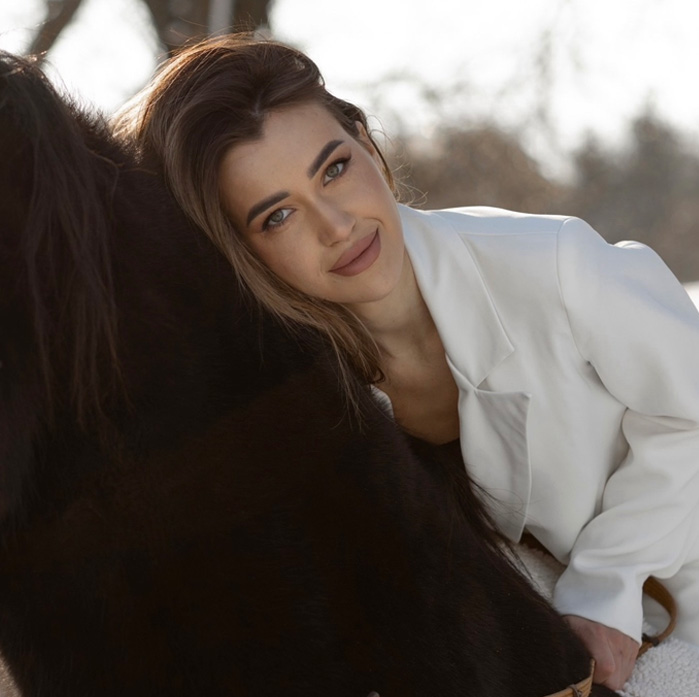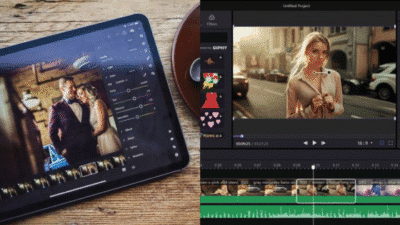

An AI outfit generator is a tool that uses artificial intelligence to create clothing combinations automatically. It helps users find stylish outfits quickly by suggesting what to wear based on preferences, occasions, and current trends. This makes choosing clothes easier and faster for anyone.
These generators analyze many fashion options and mix different pieces to create looks that fit a person’s style or needs. They can be used for daily dressing, special events, or even shopping guidance. The technology behind AI outfit generators is changing the way people approach fashion and personal style.
With more platforms offering these services, AI outfit generators are becoming a common helper in fashion. Their ability to save time and provide fresh ideas makes them popular among people who want simple and smart style solutions.
Key Takeaways
- AI outfit generators suggest clothing based on individual style and needs.
- They combine fashion knowledge with user preferences for smart outfit ideas.
- These tools help save time and improve personal style choices.
What Is an AI Outfit Generator?
AI outfit generators use technology to create clothing combinations. They analyze data like style trends, user preferences, and body type to suggest outfits. These tools help users find clothes quickly and fit their style.
Definition and Core Concepts
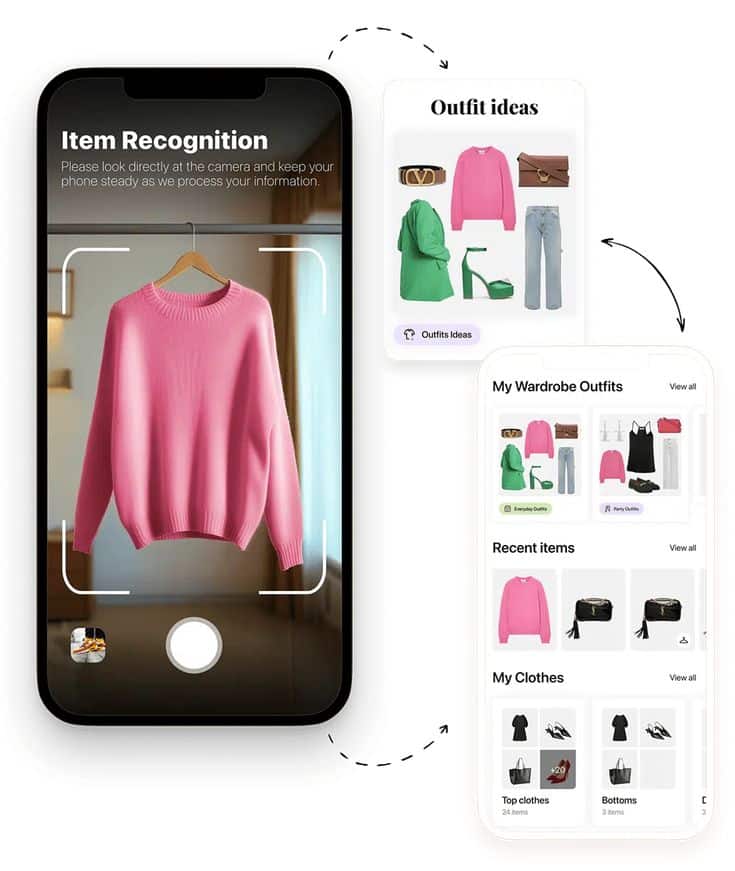
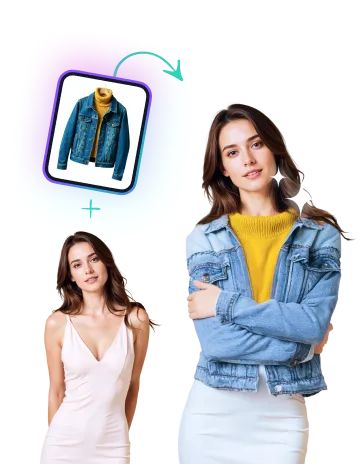
An AI outfit generator is software that creates clothing looks using artificial intelligence. It learns from large collections of fashion images and style rules. This helps it mix and match items in ways that make sense.
The system takes input like a user’s size, color choices, or occasion type. Then, it produces outfit suggestions with a focus on matching styles and coordinating colors.
It works by understanding patterns in clothing designs. This lets it generate unique outfits while following fashion norms.
How AI Transforms Fashion Recommendations


AI improves outfit recommendations by making them more precise and personalized. Unlike generic advice, AI uses user data to offer looks tailored to individual tastes and needs.
It considers factors such as weather, event dress codes, or current trends. This helps users get practical and stylish outfit ideas.
The AI also learns from feedback. When users rate or modify suggestions, the system fine-tunes future recommendations.
This dynamic approach makes fashion advice more accurate over time.
Key Features of Modern Outfit Generators

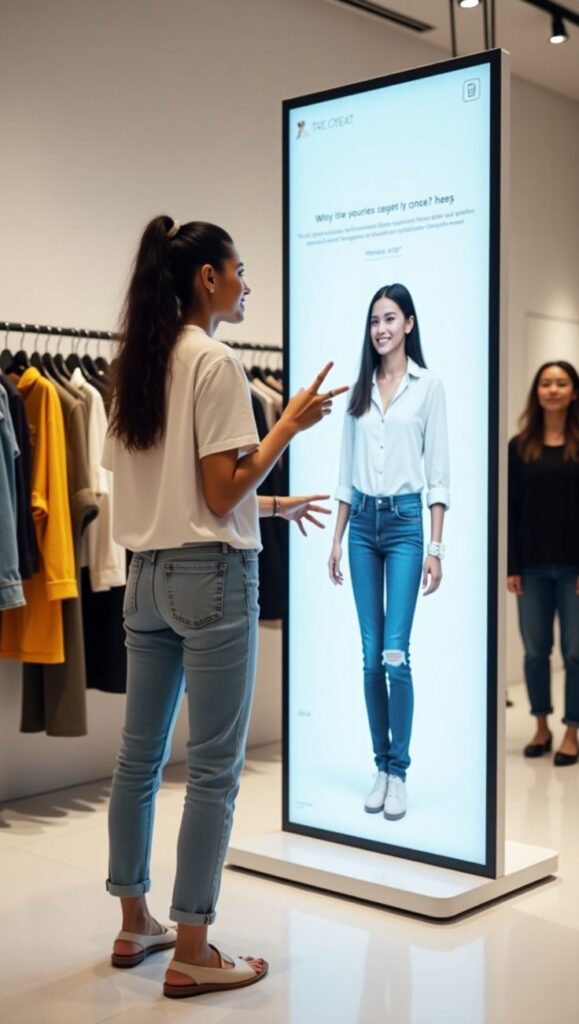
Modern AI outfit generators include features like:
- Personalized styling: Adjusts outfits based on user preferences and body shape.
- Virtual try-on: Lets users see how clothes look on a digital model.
- Trend analysis: Tracks current fashion to keep recommendations up-to-date.
- Mix & match: Combines items from different brands and styles.
- Occasion-based suggestions: Offers outfits for work, parties, or casual wear.
These features help users find outfits faster and with more confidence in their choices.
How AI Outfit Generators Work
AI outfit generators create clothing suggestions using smart technology. They analyze style patterns, user preferences, and wardrobe contents to make personalized recommendations. This process involves several key methods that work together to produce useful outfit ideas.
Machine Learning Algorithms in Fashion
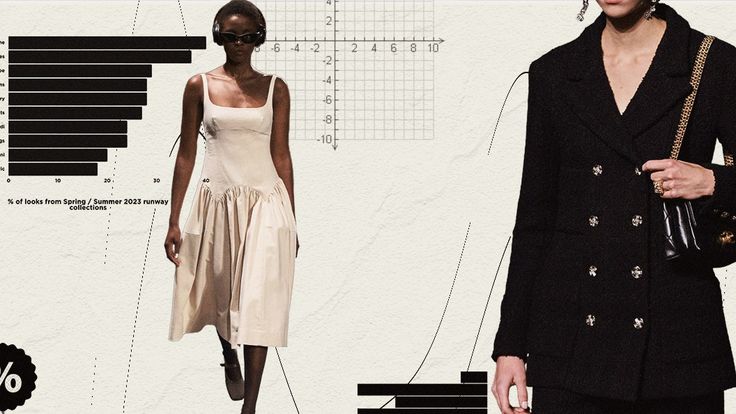
AI outfit generators use machine learning to identify clothing trends and style rules. They train on large collections of images, fashion articles, and user interactions. This allows them to recognize which colors, patterns, and clothing items often work well together.
These algorithms can classify clothing types, such as tops, bottoms, and accessories. They predict which combinations look balanced or fashionable based on past data. The AI improves over time by learning from user feedback and updated fashion trends.
Data Input and Personalization
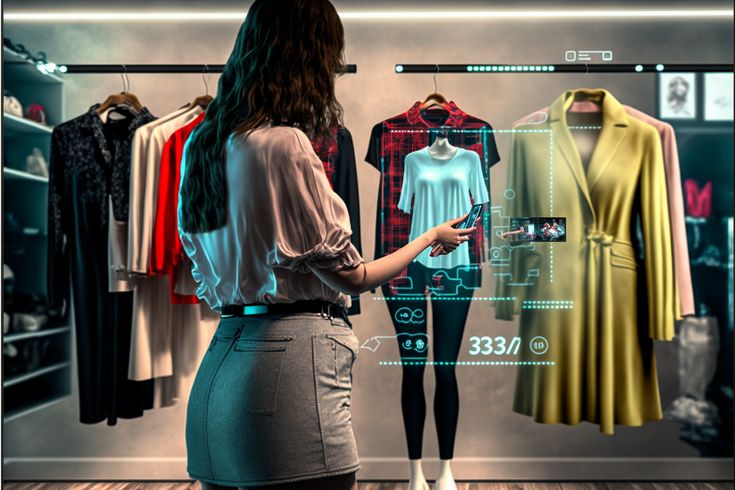
Users provide data like style preferences, body measurements, and occasion types. This input helps the AI tailor suggestions specifically to the person’s needs.
Personalization may include preferred colors, favorite brands, or disliked clothing styles. Some systems ask users to rate outfits to refine accuracy. By combining user data with machine learning models, the AI delivers recommendations that fit personal taste and lifestyle.
Integration With Digital Wardrobes

Digital wardrobe integration allows AI outfit generators to access the user’s actual clothing items. Users upload photos or lists of their clothes into the system.
The AI matches these items with new pieces or suggests looks using existing garments. This reduces the need for guesswork when putting outfits together. It can also recommend how to update a wardrobe by identifying missing or versatile clothing pieces.
Benefits of AI Outfit Generators
AI outfit generators help users optimize their style by saving time, making better use of what they own, and promoting smarter, eco-friendly fashion choices. They simplify decision-making and encourage thoughtful clothing use.
Time-Saving Personal Styling
AI outfit generators quickly create looks based on user preferences and occasions. This saves time spent on browsing options or planning outfits. Users no longer need to try countless clothes or coordinate pieces mentally.
The technology can suggest outfits for work, casual outings, or events in seconds. It also updates recommendations as trends change or based on weather and seasons. This makes daily dressing faster and less stressful.
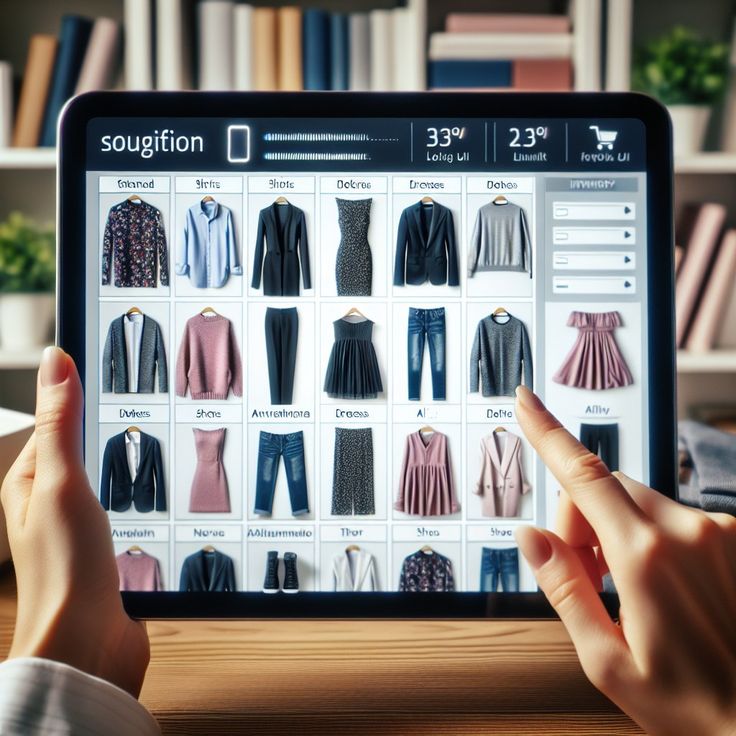
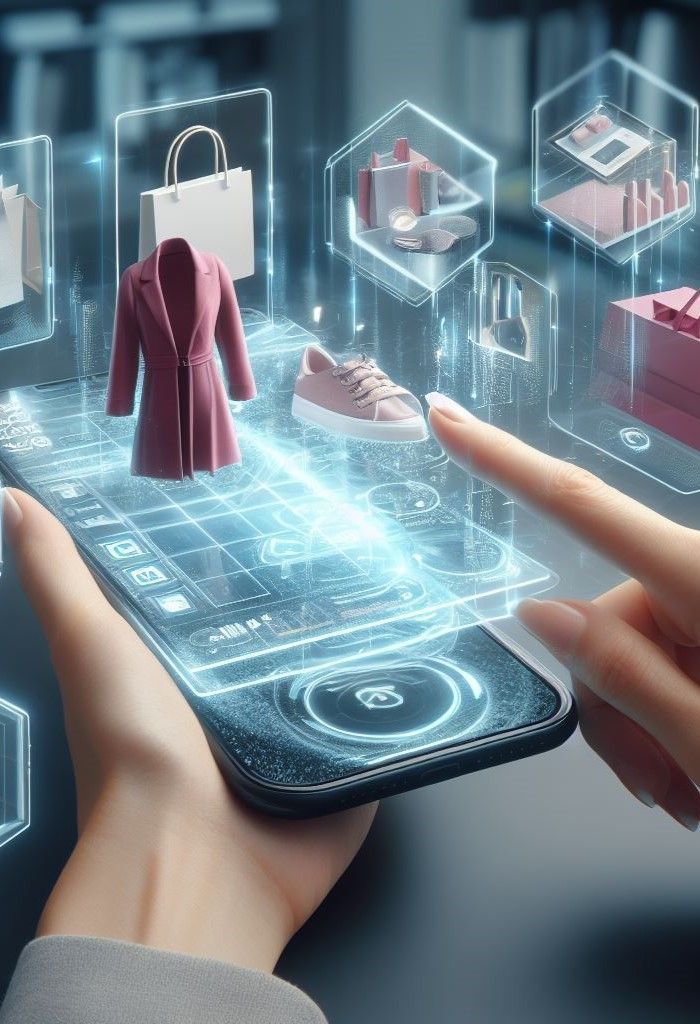
Enhancing Wardrobe Utilization
These tools encourage users to wear more items from their existing closets. By mixing and matching pieces, AI helps avoid outfit repetition and highlights underused clothes. This leads to more variety without buying new items.
Users get ideas on combining layers, colors, and styles they might not try on their own. It supports efficient use of all wardrobe items, reducing waste and improving value from clothing investments.
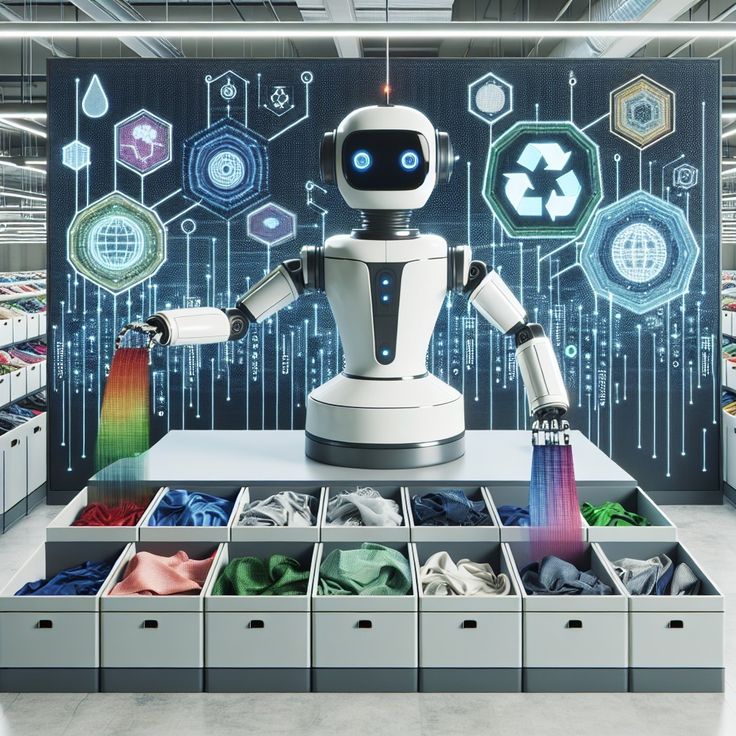
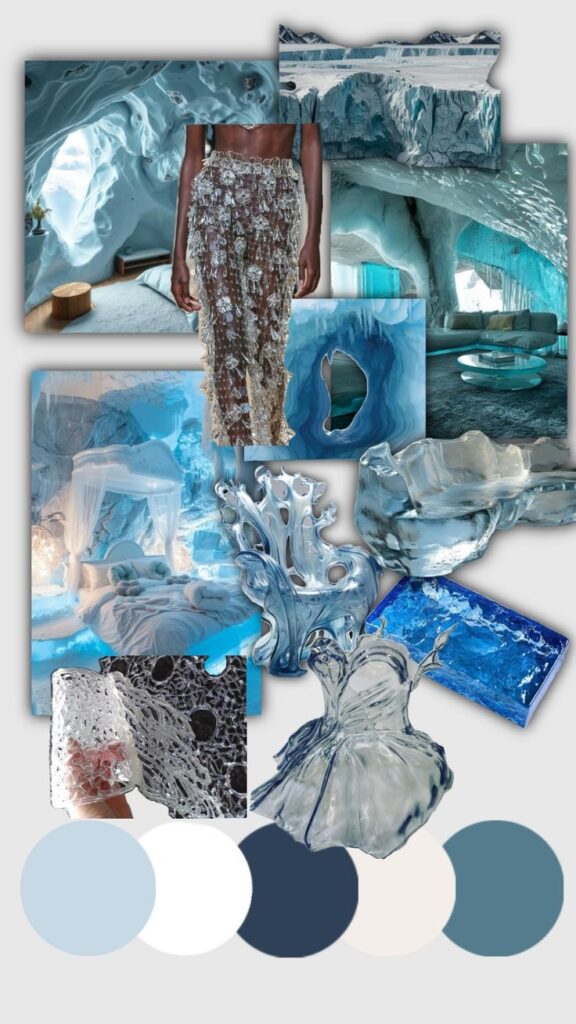
Eco-Friendly Fashion Choices
AI outfit generators can promote sustainability by limiting impulsive shopping habits. By focusing on what users already own, the need for new purchases drops. This can cut down textile waste and pollution.
Some programs also suggest outfits that use eco-friendly fabrics or brands committed to recycling. This guides users toward greener fashion without sacrificing style or convenience.
Popular AI Outfit Generator Platforms
AI outfit generators come in many forms, from apps to websites and even social media features. Each offers different tools, levels of customization, and ease of use depending on the platform.
Mobile Apps Overview
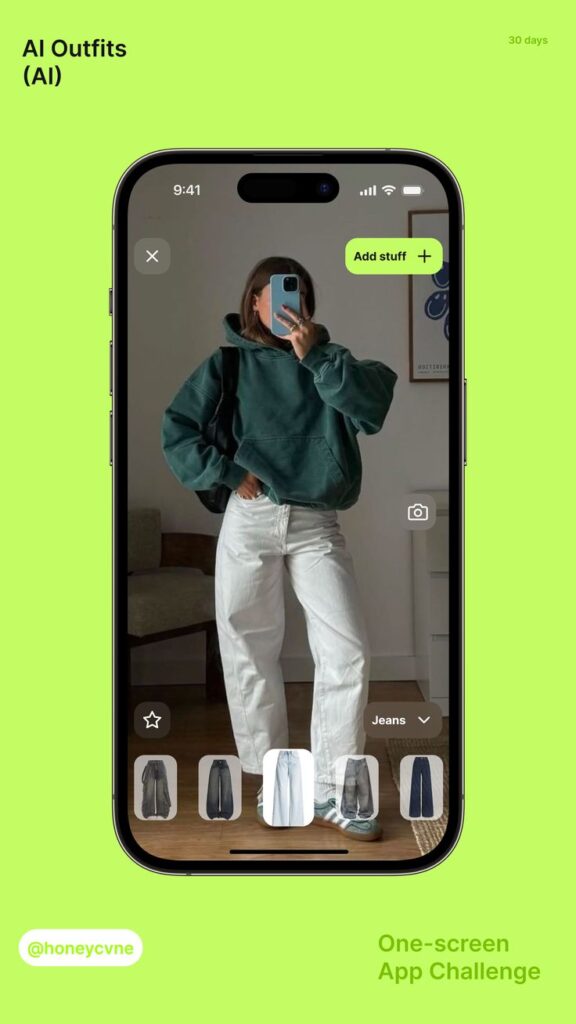

Mobile apps for AI outfit generation are designed for convenience and quick outfit ideas on the go. Apps like StyleMe and Cladwell use AI to suggest daily looks based on a user’s wardrobe and style preferences.
Many apps feature virtual closets where users upload their clothing items. The AI then mixes and matches pieces, creating options for different occasions or weather.
Some apps also integrate shopping options, letting users buy items to complete their looks. They usually have user-friendly interfaces, making them popular among teens and adults alike.
Web-Based Tools
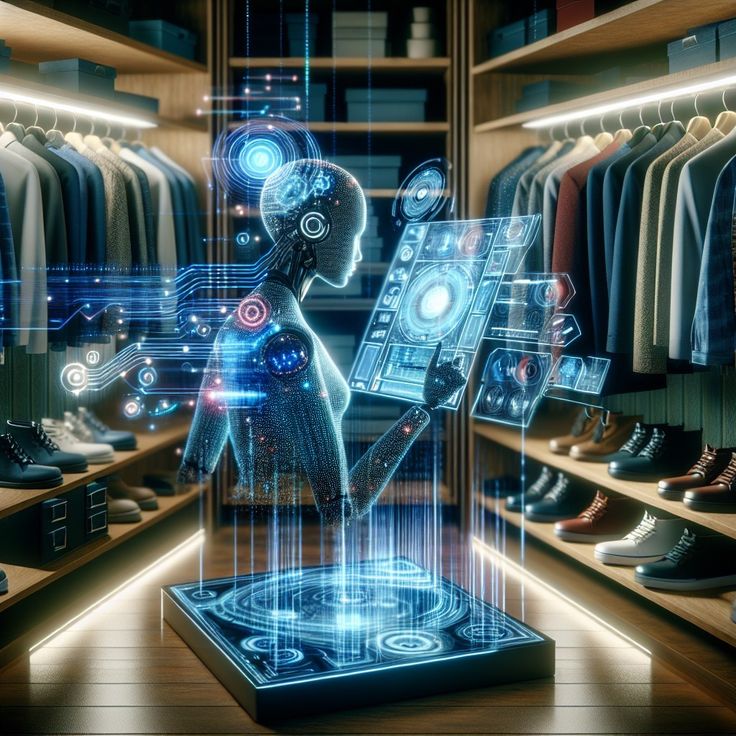
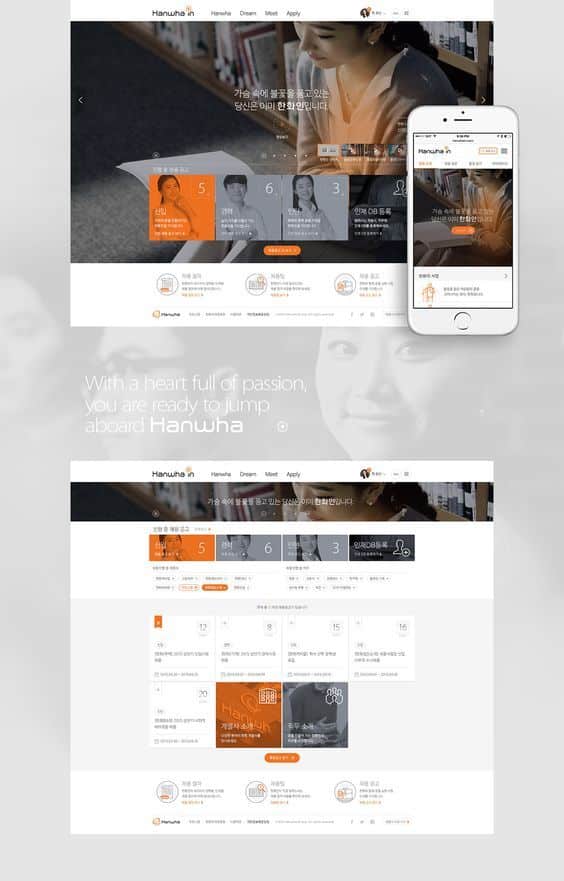
Web platforms like Fashwell and Vue.ai offer powerful AI tools for generating outfit ideas. These sites often include features for detailed style analysis and trend tracking.
Users can upload photos or select from vast clothing databases. The tools provide suggestions based on body type, style goals, and current fashion trends.
Web tools usually allow more control and customization than mobile apps. They are suitable for users interested in fashion styling or those who want to experiment with varied looks.
Social Media Integrations

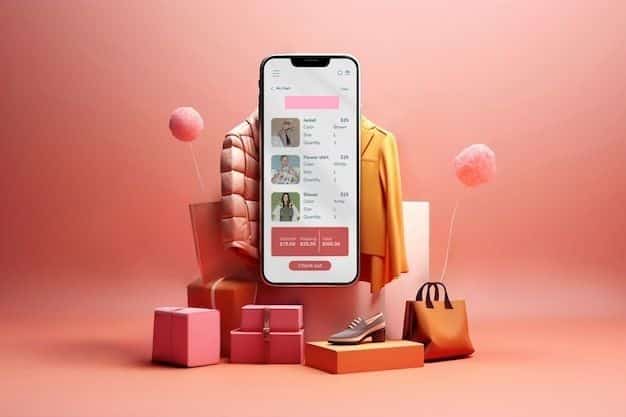
Popular social media platforms like Instagram and TikTok now include AI features for outfit generation. These tools use AI to recommend wardrobe items and styling tips based on user photos.
Some social media AI tools link directly to brands, enabling users to shop their favorite styles instantly. Influencers often use these features to showcase outfit ideas swiftly.
The integration encourages user interaction and sharing. It helps users stay fashionable by combining AI with social trends in real time.
Use Cases in Everyday Life
AI outfit generators help users pick clothes for many common situations. They offer ideas based on weather, events, and personal style. This saves time and reduces decision fatigue.
Daily Outfit Planning
AI outfit generators suggest daily clothes that fit the weather and the wearer’s style preferences. They can create looks from items already in a user’s wardrobe, helping avoid repeats or mismatches.
Users get options that suit activities like work, school, or errands. The AI may adjust suggestions based on temperature, rain, or other conditions. This helps users dress comfortably and appropriately without much effort.

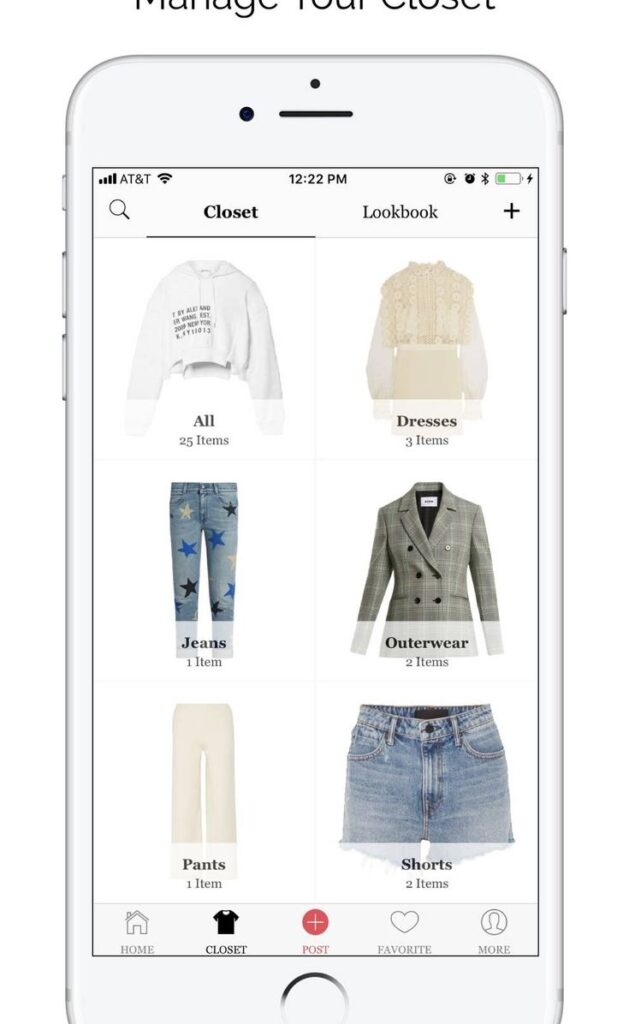
Travel Packing Assistance
For trips, AI outfit generators help users choose versatile clothing pieces that fit the destination’s climate and planned activities. They provide lists of what to pack, ensuring nothing important is missed.
The tool organizes outfits by day and occasion, making packing lighter and more efficient. This reduces the stress of deciding what to bring and ensures users have suitable clothes for travel.
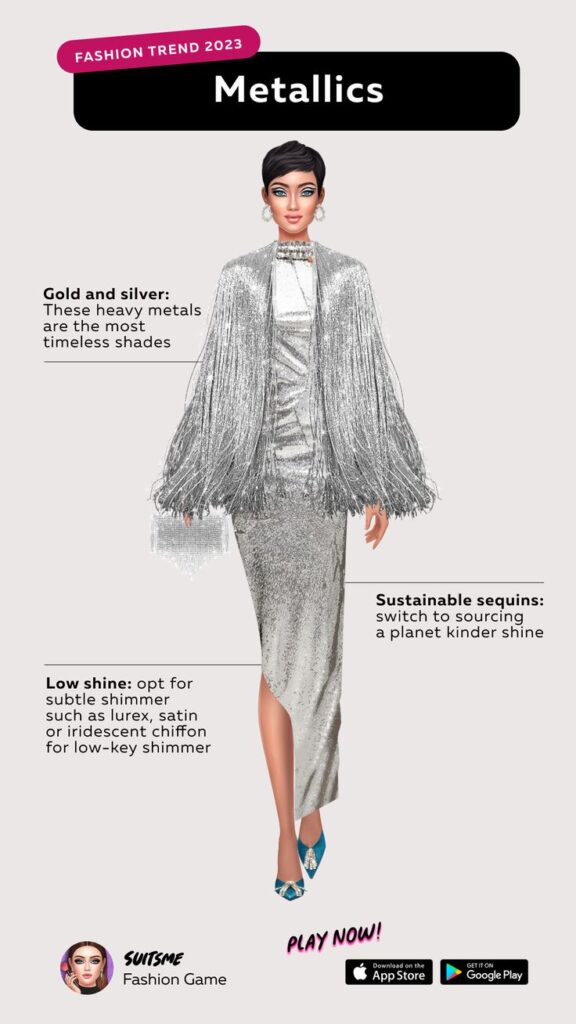

Special Occasion Styling
When preparing for an event, AI outfit generators recommend outfits based on dress codes and trends. They suggest accessories and shoes to complete the look.
This helps users feel confident for weddings, parties, or interviews. The AI often offers options to match the formality of the occasion and the user’s comfort level.
AI in Fashion Industry Innovations
AI tools help fashion brands predict what styles will be popular and let customers try clothes virtually before buying. These changes save time and improve shopping experiences by using data and technology.
Trend Forecasting
AI analyzes large amounts of data from social media, sales, and fashion shows to identify upcoming style trends. It looks for patterns like popular colors, fabrics, and designs.
Brands use AI to decide which designs to produce, reducing waste and unsold inventory. This makes fashion more efficient and cost-effective.
AI can also spot shifts in customer preferences quickly. This helps designers create collections that fit what people want right now, instead of guessing.
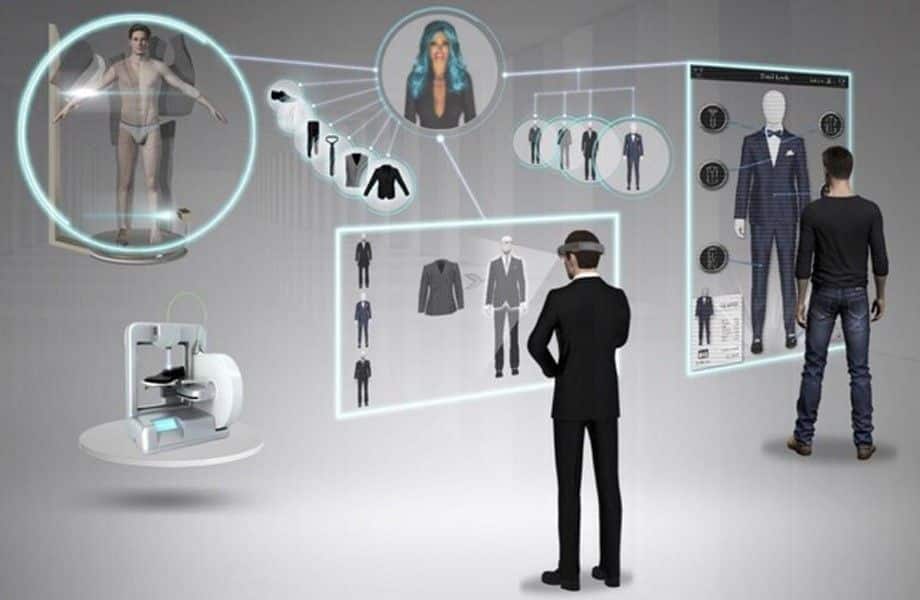
Virtual Try-Ons
Virtual try-on technology uses AI to show how clothes will fit and look on a customer’s body in real time. This works on websites and apps without needing a physical store visit.
Customers upload photos or use a camera to see clothing on a digital version of themselves. This reduces returns by helping buyers choose the right size and style.
Retailers improve sales because shoppers feel more confident about their purchases. Virtual try-ons also make online shopping more interactive and personalized.
Privacy and Data Security Considerations
AI outfit generators need to handle personal information carefully. Users should know what data is collected and how it is used. Transparency and clear consent are key parts of keeping data safe and respecting privacy.
Personal Data Collection
AI outfit generators often collect data like body measurements, photos, and style preferences. This information helps create more accurate and personalized outfit suggestions. However, collecting sensitive data like images requires strict security to prevent unauthorized access.
Some services also track user behavior, such as browsing history within the app, to improve recommendations. Users should expect a clear description of what data is collected and why. Data minimization is important; only essential information should be stored.
It is common for companies to encrypt stored data to protect it from breaches. They may also delete personal data after a set time to reduce risks. Users should check privacy policies to understand data handling practices.


User Consent and Transparency
Before collecting any personal data, AI outfit generators should ask for explicit user consent. This means users must agree clearly and willingly, often through checkboxes or pop-ups. Consent should be easy to withdraw at any time.
Transparency means explaining how data will be used, shared, and stored in simple terms. This can include details about third parties involved, such as cloud providers or marketing partners.
Good apps will update users when policies change and provide easy access to privacy settings. They should avoid confusing legal language and instead use clear, direct explanations. This helps users make informed choices about their information.
Future Trends in AI-Powered Styling

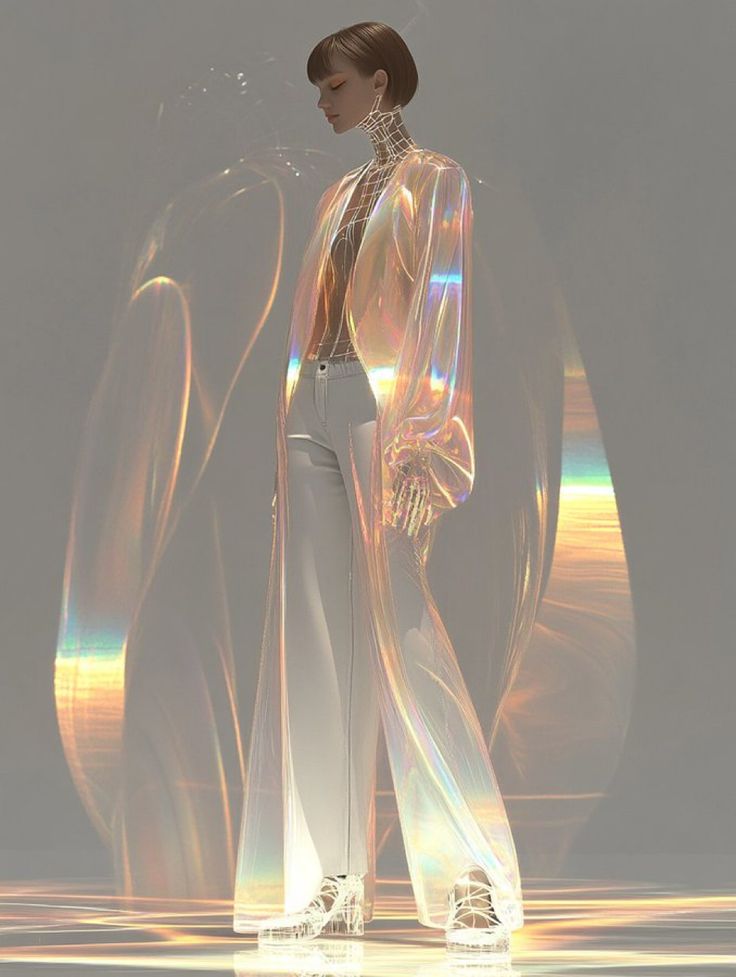
AI outfit generators will become more personalized. They will use detailed data like body shape, skin tone, and style preferences to create better outfit suggestions. This will help users find clothes that fit and look good more easily.
These tools will also get better at combining new fashion trends with classic styles. AI will analyze what is popular in real time and suggest ways to mix trendy pieces with wardrobe staples.
Virtual try-ons will improve. Users will be able to see 3D models of themselves wearing different outfits. This will make shopping online feel more like shopping in real stores.
AI may also suggest outfits based on the weather and occasion. It could consider factors like temperature, event type, and even the user’s mood.
| Trend | Description |
|---|---|
| Personalization | Outfit ideas based on detailed user data. |
| Trend Analysis | Mixes current fashion trends with classics. |
| Virtual Try-Ons | 3D models for a realistic outfit view. |
| Context Awareness | Suggestions based on weather, events, mood. |
As AI styling gets smarter, it will help people save time and make better fashion choices. It will support more sustainable shopping by encouraging thoughtful purchases.
Tips for Choosing the Best AI Outfit Generator
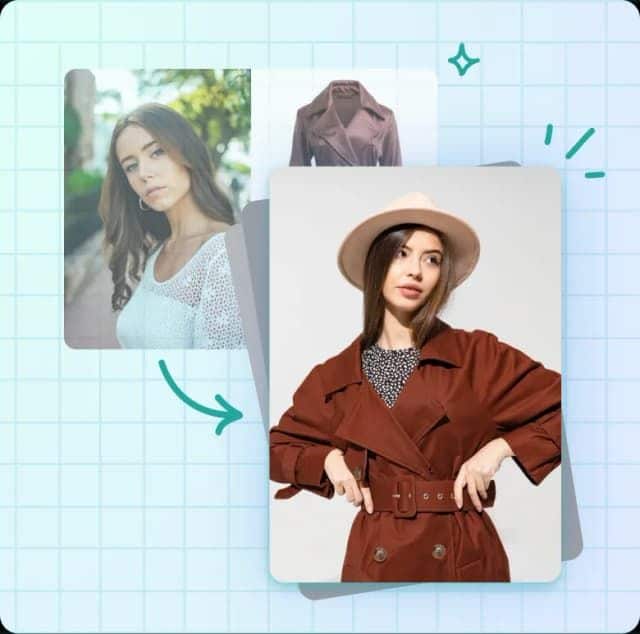
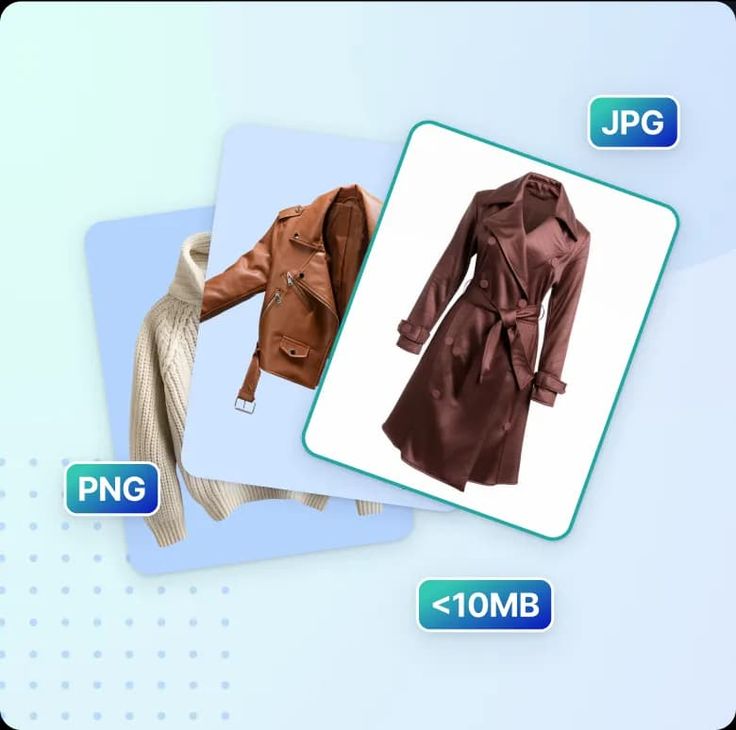
When selecting an AI outfit generator, it is important to consider the accuracy of its style recommendations. The tool should match outfits well with the user’s preferences and body type.
Another key point is the variety of options. The best generators offer many clothing styles, colors, and accessories to choose from. This helps users create looks that fit different occasions.
Users should also check if the AI outfit generator is easy to use. A simple, clear interface makes creating outfits faster. Some tools include drag-and-drop or voice commands, which improve usability.
Compatibility matters too. It is helpful if the generator works on multiple devices like phones, tablets, or computers. This offers flexibility in where and when users can try new outfits.
Look for extra features like wardrobe uploading. This lets users add clothes they already own and get outfit ideas using those items.
Security and privacy are important. Users should choose AI outfit generators that protect personal data and do not share information without permission.
| Factor | What to Look For |
|---|---|
| Accuracy | Matches style and body type |
| Variety | Many styles, colors, and accessories |
| Ease of Use | Simple interface, easy controls |
| Device Support | Works on phone, tablet, and computer |
| Additional Features | Upload wardrobe, save looks |
| Privacy | Strong data protection |
- 19shares
- Facebook0
- Pinterest19
- Twitter0
